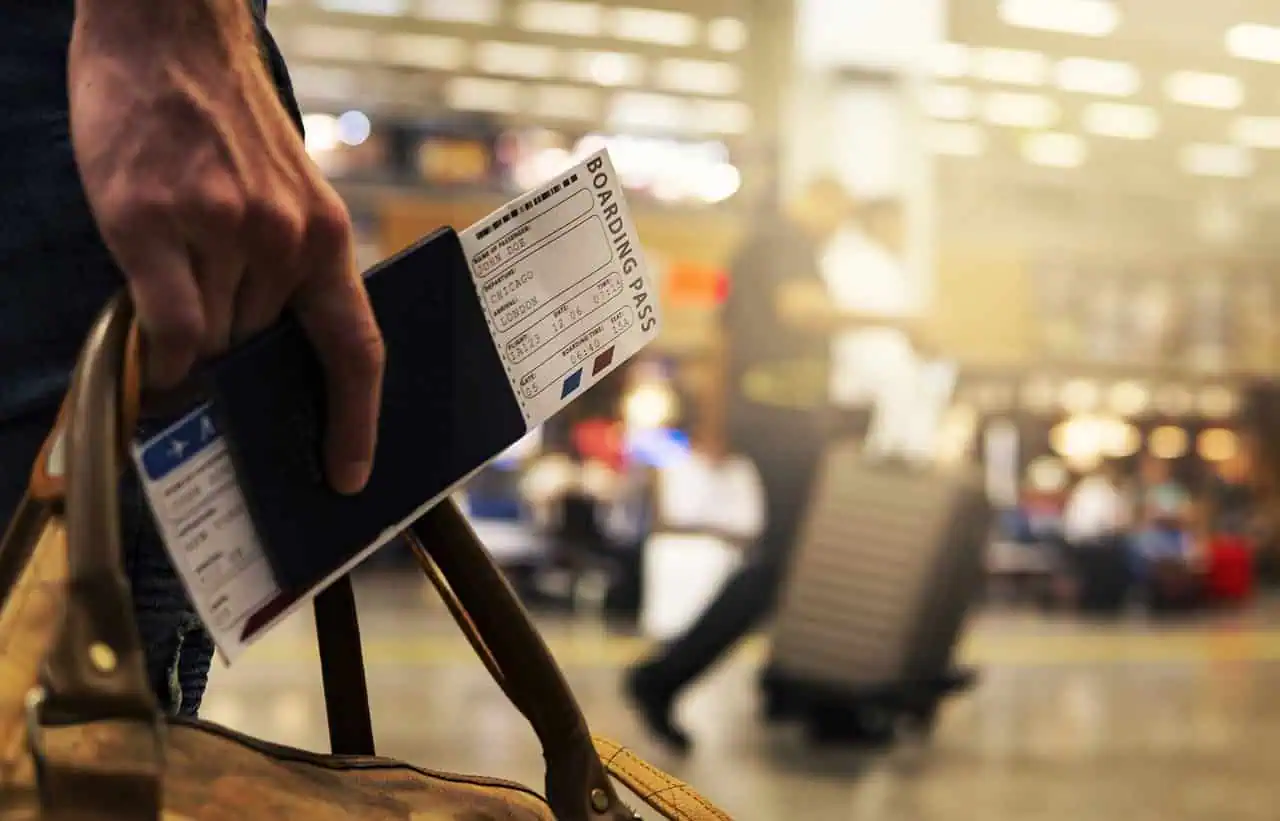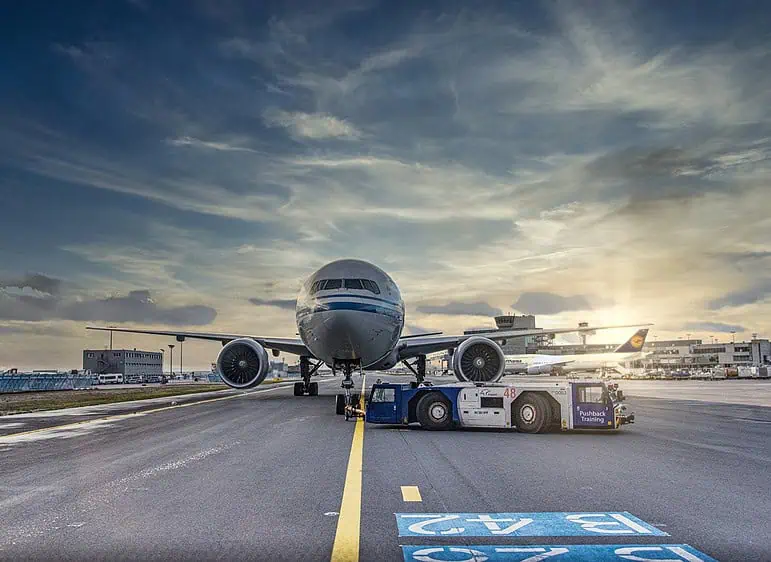Launch date for biometric Entry-Exit System

UPDATE 25.11.24: The EU has delayed the Entry/Exit system, stating that it is due to start in 2025, with ETIAS introduced six months after its introduction.
The European Union has announced the date for new entry and exit rules for those travelling to Europe.
The new biometric Entry-Exit System (EES) will replace the physical stamping of passports through passport control, recording the movements of non-EU visitors to the Schengen Area (comprising all EU nations except Cyprus and Ireland, as well as Iceland, Norway and Switzerland).
The target date for EES has now been confirmed as 10 November 2024.
What is the Entry/Exit Scheme (EES)?
The Entry/Exit System (EES) is an automated IT system for registering non-EU nationals travelling for a short stay, each time they cross the external borders of participating European countries.
The new system will replace the physical stamping of passports as travellers go through passport control when arriving in and departing from their destination. It will apply to most people travelling from the UK who do not have an EU passport.
Who will it apply to?
EES will apply to those travelling for a short stay, from what the EU call a ‘third country’. This is people who are not an EU citizen or a citizen of the Schengen area. Irish passport holders are exempt from EES. If you are a British passport holder but have EU residency, you are also exempt from EES.
A short stay refers to visits, holidays or business trips that have a duration of up to 90 days and are taken within a 180-day period. The vast majority of travel between the UK and Europe will be classed as a short stay.
At every single airport, every single harbour and every single road into Europe, we will have digital border controls - all connected, all switched on at the very same time.
Ylva Johansson, EU home affairs commissioner,

How will it work?
Under the EES, all passengers without EU passports will be required to have their fingerprints registered and their pictures taken on arrival in the bloc, which will be checked on each subsequent visit.
Once the new system is live, when travellers go through passport control on arrival to, and departure from their destination, as well as providing a passport they will also need to have a photo of their face taken, and have fingerprints scanned. The requirements will apply to short-stay visa holders and visa-exempt travellers.
Ylva Johansson, the EU home affairs commissioner, said these new stricter border controls will be “at every single airport, every single harbour and every single road into Europe” which will be “all connected, all switched on at the very same time.”
The initial registration will be valid for three years, during which time it will need to be validated and checked on each subsequent visit, replacing passport stamping.
ETIAS scheme set to launch in 2025
The next stage of the digitalisation will be introduced in the first half of 2025, with the EU’s introduction of the ETIAS scheme. This is an online permit system similar to the US Esta scheme.
This scheme will require visitors from 60 visa-free countries, including the UK, to pay €7 to obtain a new electronic travel authorisation to enter 30 European countries. It will apply to visitors aged 18 to 70 and will be valid for three years or until the expiry of an existing passport – whichever is first. It is planned to start in May 2025, but with a six-month grace period granted.
Although the EU said digital checks will make travel easier, and border checks gradually faster, passengers should note that immediate expectations are for the changes to add two to three minutes of processing time per passenger.
Check the rules
We make every effort to ensure that the information provided is accurate but recommend that you check the most current rules and how they will apply to you before you travel by visiting the EU’s Entry/Exit system Q&A.


